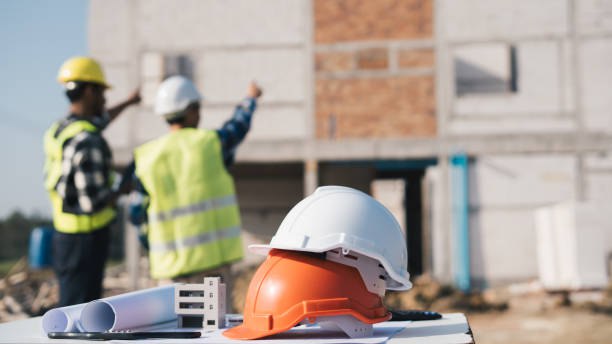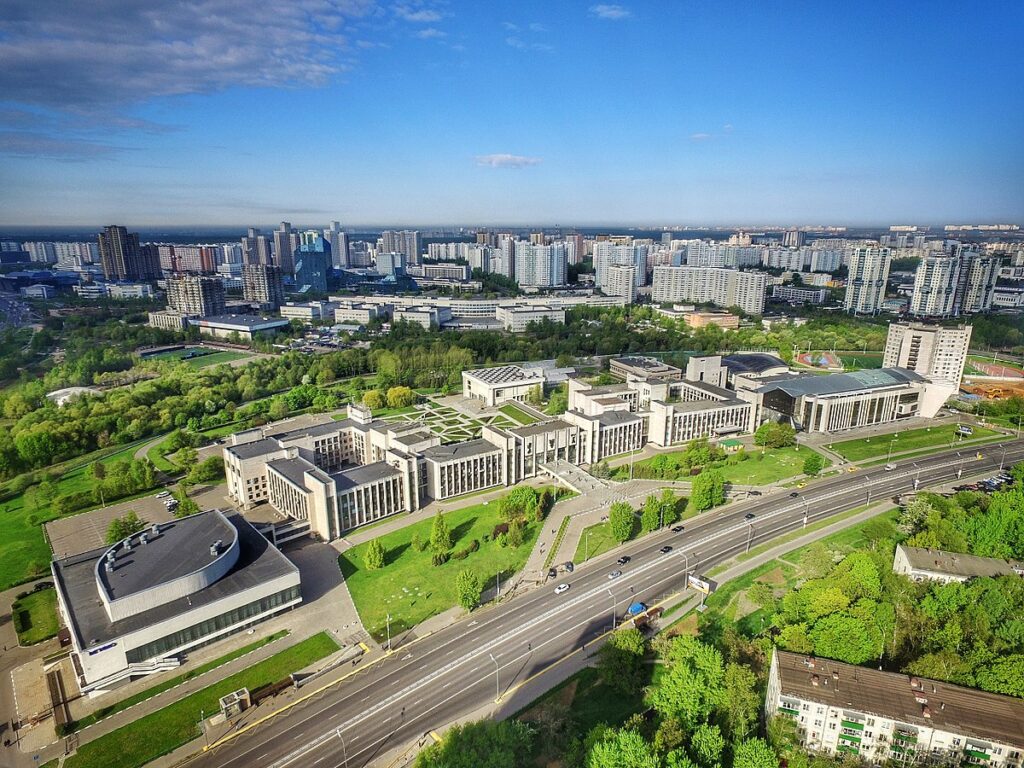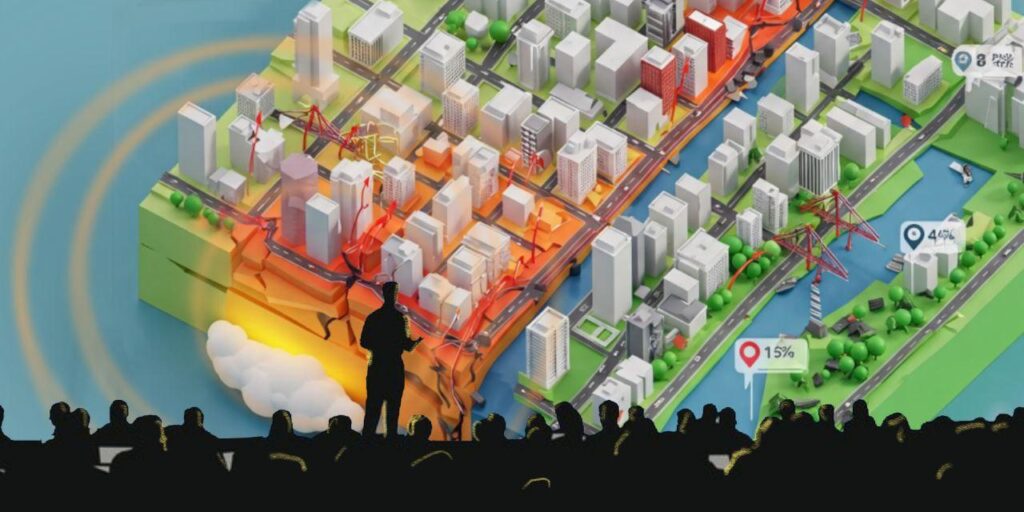The recent 7.7-magnitude earthquake in Myanmar, which claimed over 3,500 lives and caused structural failures more than 1,000 kilometers away in Bangkok, has once again highlighted the precariousness of life in seismically active regions.
“Earthquakes happen on geological faults, which are often sited at the edges of mountain ranges.” Richard Walker, Professor of Tectonics at the University of Oxford told The Times of Central Asia. “Sadly, the edges of mountain ranges are often the best places to live, due to the presence of water and of land for farming.”
All Central Asian capitals, except for Kazakhstan’s relocated capital Astana, are located on such terrain. This has historically made them vulnerable.
The 1948 earthquake in Ashgabat destroyed almost the entire city; Tashkent suffered a similarly destructive event in 1966, and Almaty was wracked by twin blows in 1887 and 1911.
Although no such catastrophic event has occurred in the last half century, the earth beneath the region continues to rumble restlessly. Two quakes in early 2024 left the residents of Almaty unnerved. Last week, on April 14, a 5.9 magnitude earthquake in Tajikistan caused the death of a young boy and damage to around thirty homes near the Chinese border.
Though moderate, these tremors serve to remind residents of the active tectonics of the region and raise questions about the structural readiness of buildings and infrastructure should a stronger event occur.
Botched Building
After the 2023 earthquake on the Turkey-Syria border, which killed over 53,000 people in Turkey alone, authorities launched investigations into over a hundred individuals linked to the construction of buildings that did not withstand the tremors.
Such stories were familiar to people who grew up in the Soviet Union. In the 1988 Spitak earthquake in Armenia, tens of thousands died in Leninakan (now Gyumri). Many of the casualties were put down to the collapse of identikit 9-storey tower blocks built in the Brezhnev era. These were designed to withstand a magnitude 7 earthquake; in the event, the 6.8 magnitude quake that struck Leninakan caused 72 out of 78 of these buildings to collapse. In a bitter irony, many older, pre-Soviet structures remained intact. One team of international inspectors blamed “very low construction standards and suspect joint details” in Leninakan for the scale of the disaster.
Similar precast tower blocks to those that collapsed in Armenia can be seen across the former USSR. According to the Uzbek media, the Cabinet of Ministers estimated in 2023 that approximately 70% of private housing in the country failed to meet current earthquake resistance standards.
“The 2023 earthquake in Turkey was a tragic reminder of the importance of strict compliance with building codes and continuous quality control of construction in seismic regions,” Daulet Sarsenbayev, director of the Kazakhstan’s National Scientific Center for Seismological Observations and Research, told TCA. “Such events provide valuable lessons for all countries, including Kazakhstan, in terms of the need to strengthen the regulatory framework, increase transparency in the construction industry, and invest in resilient infrastructure.”
In response to the Turkish disaster, the Uzbek government has implemented a temporary moratorium on construction projects in Tashkent. Kyrgyzstan has also moved to establish an interdepartmental working committee to check buildings for seismic resistance.
Managing the Narrative
Given its seedy reputation, the construction industry presents an easy target whenever disasters occur. However, poorly built structures are not the norm.
Walker believes that devastation caused by the earthquake in Turkey and Syria was primarily due to its strength (magnitude 7.8), as well as the length of the rupture, which stretched several hundred kilometers. “Such a long rupture in a densely populated region means that many buildings and their inhabitants experienced very strong shaking. The majority of these buildings withstood that shaking,” he said.
Another oft cited case of cavalier planning policy to appease the construction industry was the decision to reclassify a no-build zone around Bishkek. The land in question, a 1.5-kilometer zone adjacent to the Issyk-Ata fault to the city’s south, had long constrained the city’s growth. The decision to remove such restrictions has been argued by some urban planners and construction engineers to be prioritizing profit over public safety.
However, Kanatbek Abdrakhmatov, the Director of Kyrgyzstan’s Institute of Seismology, told TCA that these limits were overcautious. “My analysis showed that such a width around the fault influence zone does not exist in any of the countries where strong earthquakes occur,” he said. “In the U.S., the prohibited zone around the famous San Andreas fault is only about 45 feet (about 15 meters),” he added. “We revised the relevant standards and reduced the width of the fault influence zone. This made it possible to develop land and expand the city boundaries.”
Modern engineering methods can produce buildings that can withstand even severe earthquakes. The key issue lies in ensuring these standards are universally applied.
“Stringent building codes are very important, but it is also important to ensure those codes are adhered to,” said Walker.
Faulty Knowledge
Walker and Abdrakhmatov both highlight the importance of a precise understanding of local geography. Mapping the location of each fault helps to understand where shaking will occur most strongly.
“Over past years we have been working with national institutes across Central Asia to apply modern analysis methods to understand where hazards exist, with the aim of helping to prepare for future earthquake events,” said Walker.
One of those institutes is Abdrakhmatov’s Institute of Seismology. This knowledge of local geology has given the Kyrgyz Director confidence that the center of Bishkek is well prepared for even an extreme earthquake.
“This part of the city is located on boulder-pebble soil, which reduces and smooths out the strength of the tremors,” he said. However, Abdrakhmatov warns that near the fault itself, few buildings would be able to withstand such tremors.
Early-Warning Systems
After earthquakes in Kazakhstan early last year, a new Department of Seismic Safety and Mobilization Preparation was created by the national government.
In an interview with state media outlet KazInform, Batyrkhan Suleimenov, the acting head of the department, reassured residents that the government had begun to identity areas most at risk from landslides, as well as developing an early-warning system for earthquakes. While this will do nothing to reinforce buildings, it might buy some time for residents.
“Earthquake waves spread out from the epicenter at speeds of several kilometers per second, so it can take some time for the damaging shaking to arrive at any one place,” said Walker. “Early warning systems work by instruments sensing the first earthquake waves close to the epicenter, and then distributing an alert about the incoming seismic waves. It provides a short time period, usually seconds, that allows people to take cover and for critical systems to be shut down.”
Walker adds that “to be effective, early warning systems have to be combined with effective education campaigns, so that people know how best to react.”
In this regard, Almaty has attempted to introduce seismic drills once every quarter, and a push notification system, dubbed MasAlert, will send warnings to every phone in the city when an earthquake of magnitude 5 or higher is deemed likely.
A Regional Problem
Seismologists argue that there should be more regional cooperation in preparing for earthquakes. In remote parts of Tajikistan, Uzbekistan and Kyrgyzstan, the nearest large population center is often in a neighboring country.
“Unfortunately, such issues are resolved at the national government level,” said Abdrakhmatov. “This creates certain difficulties, because earthquakes know no borders and a strong event that occurs close to the borders affects not only populated areas, say, of our country, but also nearby areas of neighboring countries.” He adds that such an approach risks delaying first aid to those who desperately need it.
Professor Walker notes that in his collaborations with researchers from the region, much can be learned from history, and can even be seen preserved in the landscape. This helps to “show where earthquake hazards lie and to help inform what might happen when the next earthquake occurs,” he told TCA.
However, Walker stresses that political will and funding are vital to prepare the region. Memories are short and few remember the tragedies that befall previous generations.
“These types of projects are important, but time consuming, and there is still much to do and much to learn,” Walker said. “They require long-term efforts and support.”






